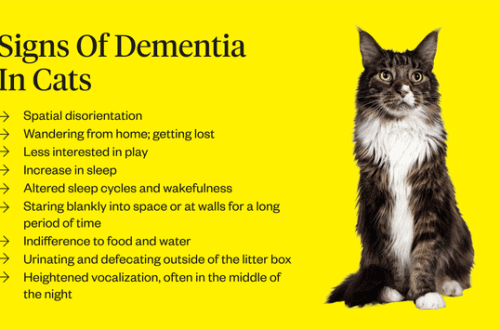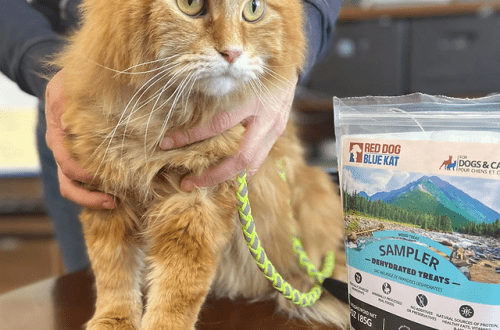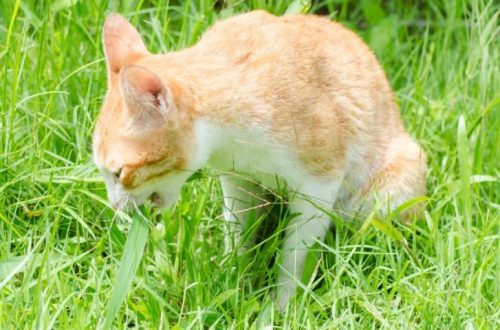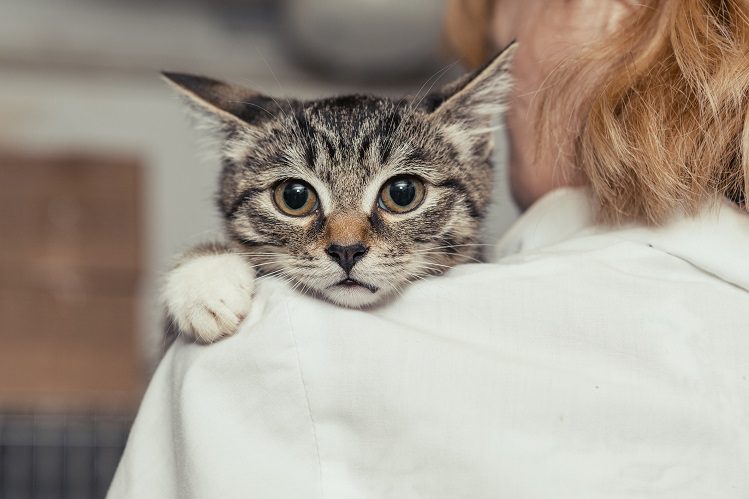
5 steps to the ICD, or why a cat develops urinary stones
Is your cat threatened with urolithiasis and how to protect it from it? Find out in our article.
Urolithiasis is an unpleasant thing. The cat becomes restless and has difficulty urinating. She can run to the tray 10 times to no avail, and then accidentally relieve herself in the wrong place. Over time, the size and number of crystals increases, and the cat becomes very painful.
Without treatment, there is no chance of defeating the ICD. The stones will not dissolve on their own; in advanced cases, the pet may die. Therefore, at the first signs of ICD, you should contact your veterinarian. And even better: keep your finger on the pulse from the very beginning and meet all the conditions so that the cat does not form stones at all. How to do it? Remember.

5 Causes That Can Cause KSD in Your Cat
1. Insufficient fluid intake
What to do?
Place several bowls around the house and replace the water in them regularly. If the cat does not like to drink from a bowl, purchase a special drinking fountain.
Switch your cat to a mixed dry food/wet food diet or wet food only.
Give your cat urinary paste. You can treat it like a liquid treat. The cat is delicious, she gets another portion of moisture. And the paste itself takes care of the urinary tract from the inside and removes minerals from the body in time, which would later turn into urinary crystals and stones.
2. Sedentary lifestyle
What to do?
Often take the cat with you to the country (if it is a pleasant adventure for her)
More time to play with the cat
If the cat is often alone, get her a variety of toys that she can play on her own. Or get a second cat!
3. Improper diet
What to do?
Balance your pet’s diet. Do not mix prepared feed and food off the table.
Choose food not lower than the super premium class. So you will be sure of the quality of the components.
Observe the feeding norm. Don’t overfeed.
If the cat has already had stones, switch her to a diet that prevents urinary tract infections. The choice of diet should be agreed with the attending veterinarian.
4. Overweight
What to do?
Follow points 2 and 3 – then the cat will not gain extra pounds. Do not think that there should be a lot of a good cat. Obesity has never done anyone any good.
Normal weight is when the cat’s ribs are not visible, but you can easily feel them through the skin.
If the ribs are not palpable, it’s time for the caudate to go on a diet.
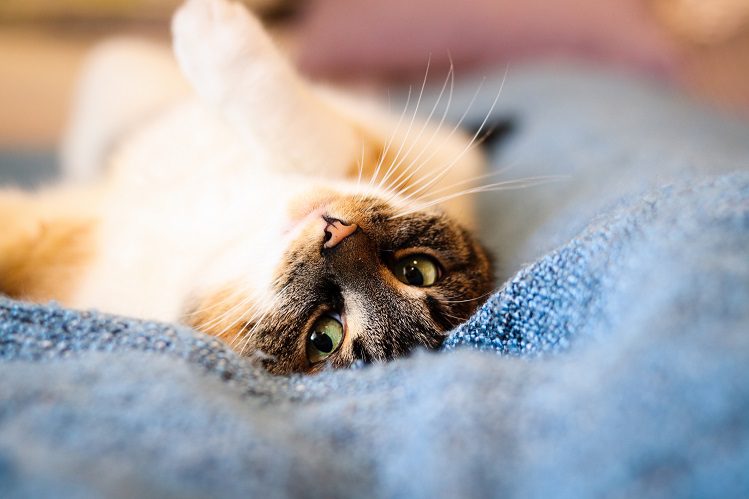
5. Uncomfortable toilet, stress
What to do?
Create all conditions for the cat to be comfortable using the toilet. This means that you need to select the correct tray and install it in the correct location. And then fill it with the right filler and change it regularly.
The tray should always be clean, and the place of the toilet should be cozy and calm. If the tray is in the aisle and children are noisy around, and the hygiene of the toilet is not observed, the cat will endure for a long time – and the risk of forming KSD will increase.
Nothing complicated, but the effect is amazing.
Just imagine: a hundred stones can form in the urinary system of a cat. Your pet definitely doesn’t deserve it.



